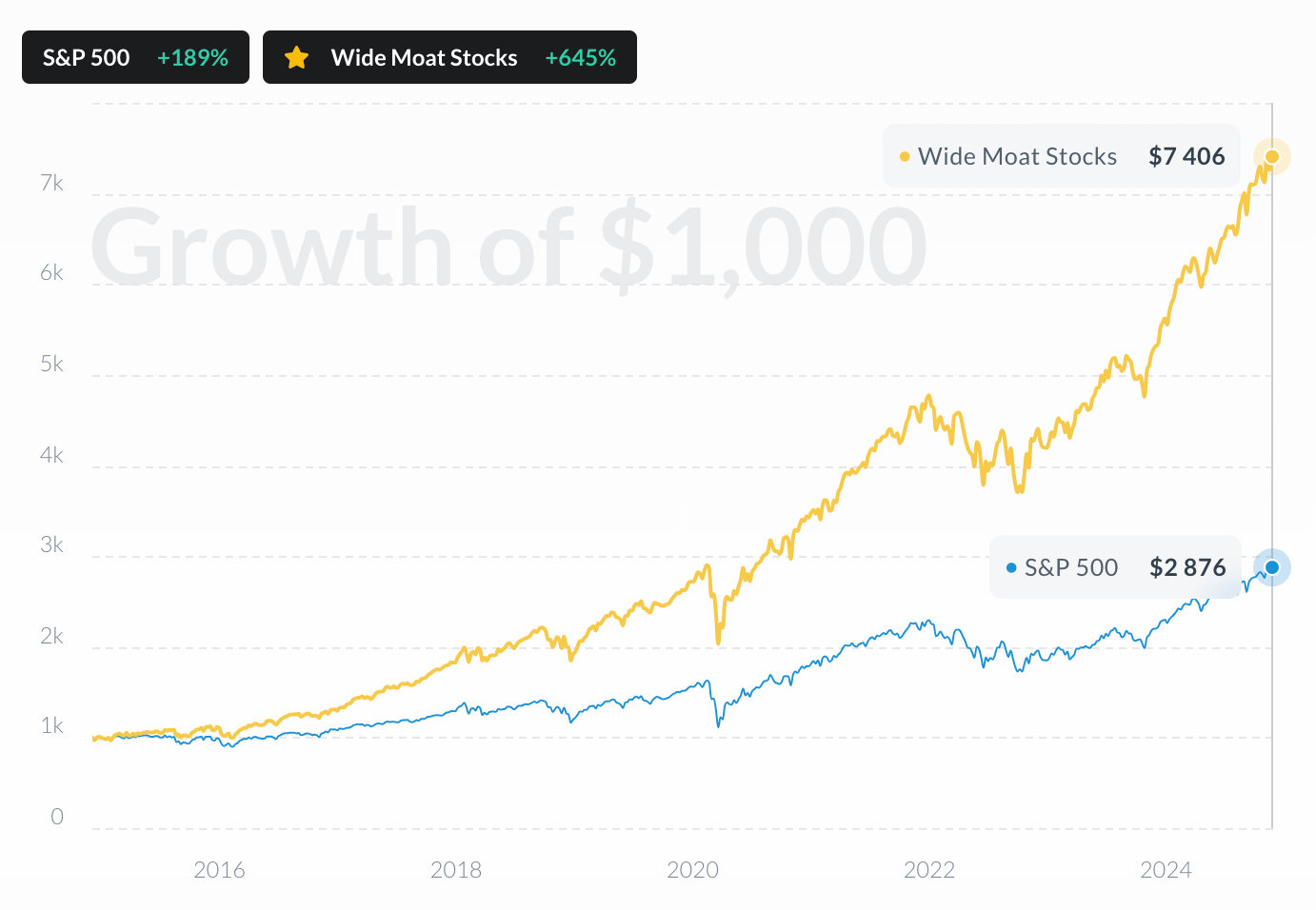 W
vs
W
vs
 S&P 500
S&P 500
 W
W
 S&P 500
S&P 500
Over the past 12 months, W has significantly outperformed S&P 500, delivering a return of +125% compared to the S&P 500's +14% growth.
Stocks Performance
W vs S&P 500

Performance By Year
W vs S&P 500

Compare the stock's returns with its benchmark index and competitors. Gain insights into its relative performance over time.
Wayfair Inc
Glance View
In the bustling world of e-commerce, Wayfair Inc. stands out as a key player in the home goods sector, offering a vast assortment of products ranging from furniture to décor. Founded in 2002 by Niraj Shah and Steve Conine, Wayfair embarked on its journey by creating niche websites dedicated to various household items. Over time, these fragmented efforts were consolidated into a single, massive platform, Wayfair.com, transforming it into an online destination for millions seeking to furnish their living spaces with style and ease. The company's headquarters in Boston became the nerve center from which this dynamic duo orchestrated the rapid expansion into international markets, all the while leveraging technology to create a personalized shopping experience. By using data analytics and artificial intelligence, Wayfair delights customers with tailored recommendations and seamless navigation across its digital stores, thus building strong customer loyalty and a formidable market position. Wayfair's business model thrives on the drop-shipping approach, minimizing inventory risk by facilitating direct shipments from suppliers to customers. This method allows the company to offer an expansive range of products without the need for costly warehousing. The revenue streams primarily flow from this extensive catalog of goods, with additional income generated through services like installation and assembly. Wayfair has also ventured into private-label brands, curating exclusive collections that add a profitable dimension to the business. With a keen eye on operational efficiencies and customer engagement, Wayfair continually invests in logistics, customer service, and technology, ensuring a streamlined shopping experience that drives sales growth. As online shopping becomes increasingly ingrained in everyday life, Wayfair remains poised to capture a growing share of the home goods market.





































